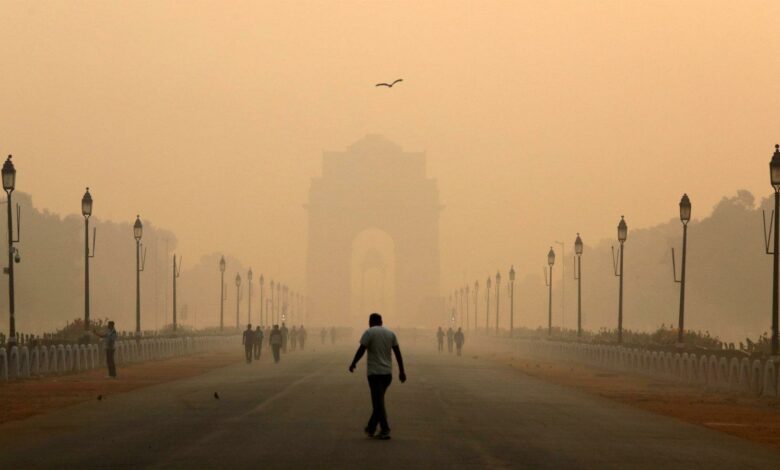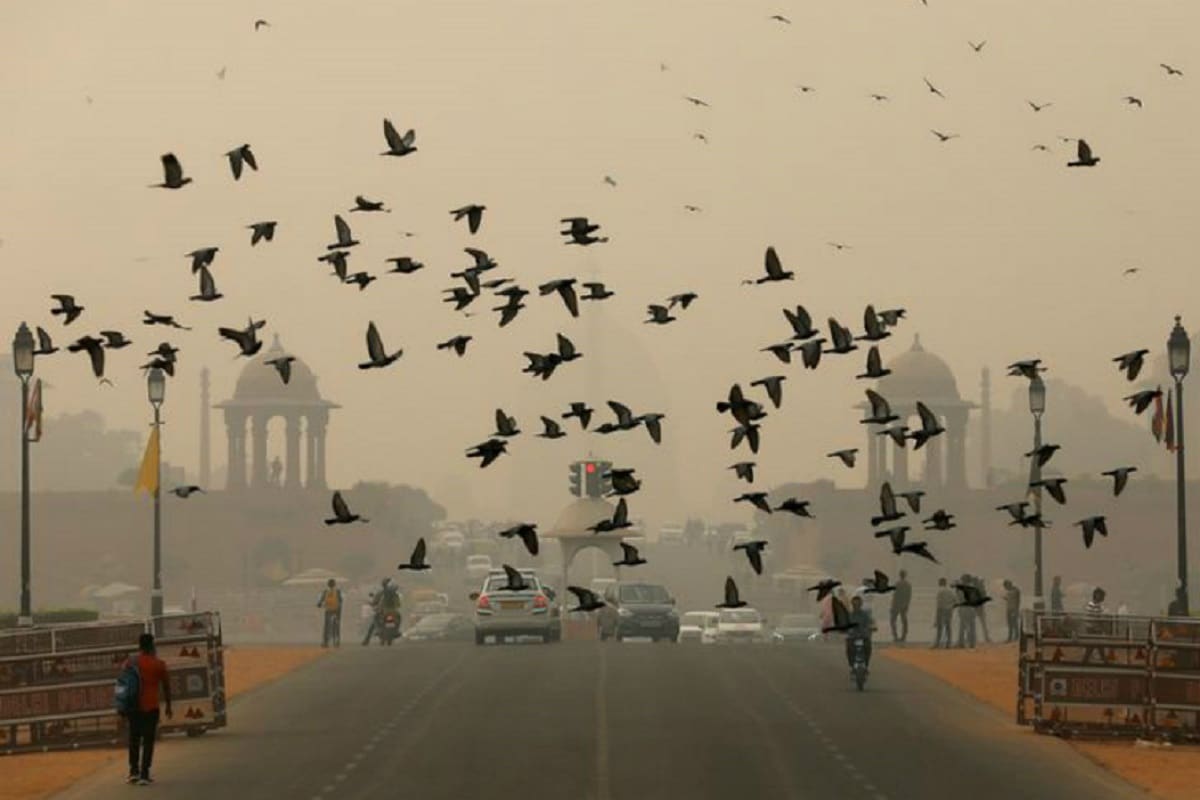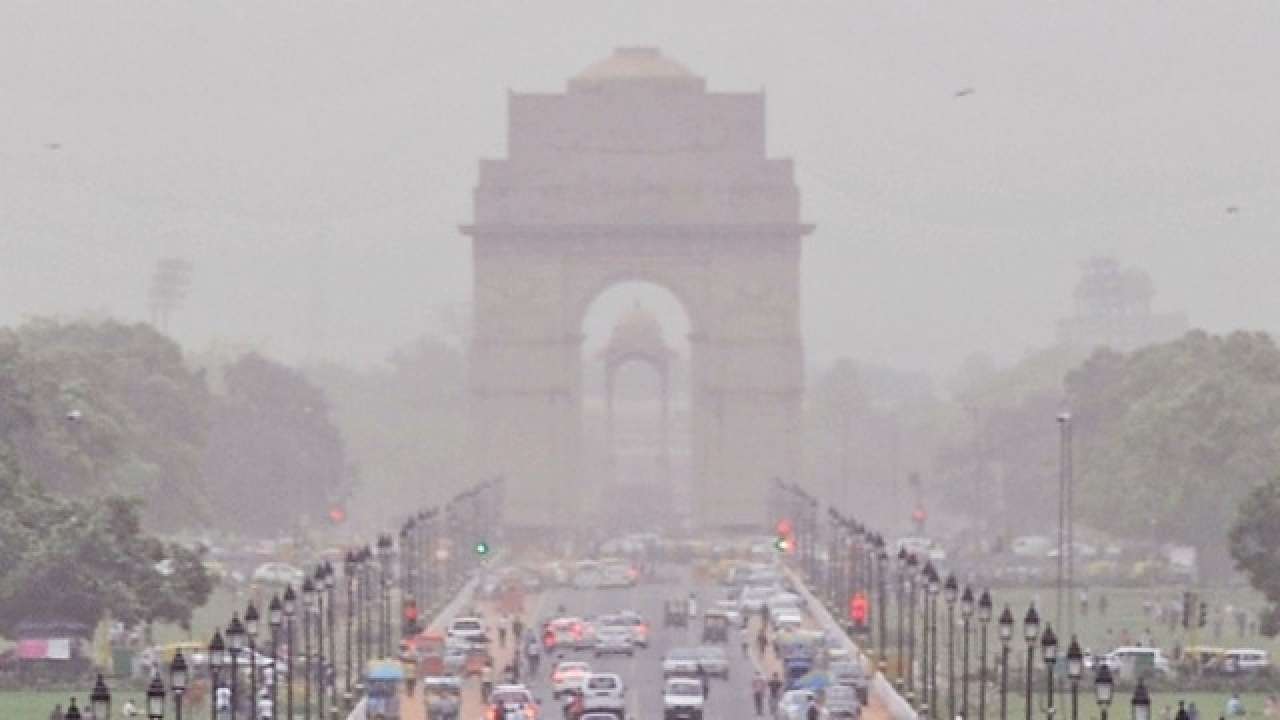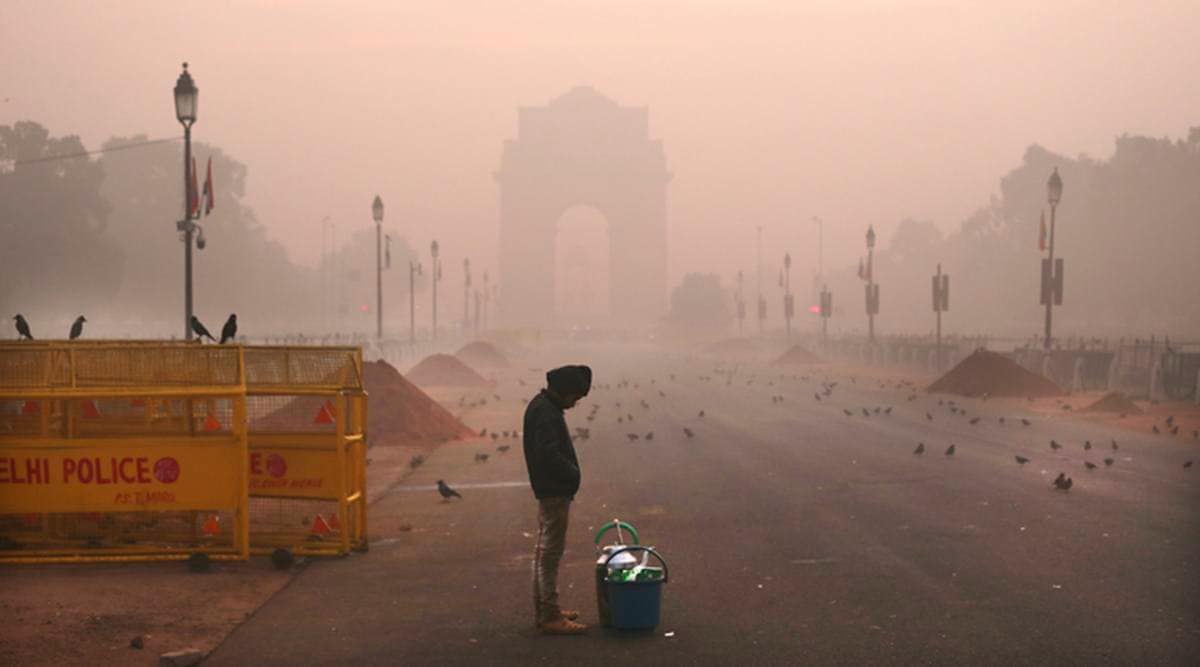Climate Change: Can Cap-and-Trade be the solution to Delhi’s pollution problem?- the 2021 scenario

Climate change issue in Delhi
It cannot be denied that climate change has paved its way as one of the most pressing issues of the current time, with experts worrying about the future of the world as we move ahead at this pace. In their publication of the fifth assessment report back in 2013, the intergovernmental panel on Climate change of 1300 independent scientists from across the globe concluded that there is a more than 95 per cent probability that human activity over the past 50 years has warmed the planet. They attribute the main causes of the warming to greenhouse gas emissions that result from the combustion of fossil fuels such as petroleum (oil), natural gas, and coal.
Additional sources of greenhouse gasses come from deforestation, changes in land use, soil erosion, agriculture and livestock (IPCC, 2013). When greenhouse gasses are released, they warm the atmosphere. Well, the impact of global warming has been shared throughout the world, and thus, so has to be the action against it.

As per the data published by the Environmental Protection Agency (EPA) “changing temperature and precipitation patterns, increases in ocean temperatures, sea level, and acidity, melting of glaciers and sea ice, changes in the frequency, intensity, and duration of extreme weather events, shifts in ecosystem characteristics, like the length of the growing season, the timing of flower blooms, and migration of birds, and increasing negative effects on human health and well-being.” (EPA, 2017).
The majority of global greenhouse gas (GHG) emissions come from energy-related carbon dioxide (CO2) and methane (CH4) emissions. The International Energy Agency (IEA) cites that 80% of global energy consumption is based on fossil fuels. In 2016, 56% of US carbon emissions came from transportation and electricity.
Similarly, in 2015 58% of California’s carbon emissions come from transportation and electricity. In the United States, the top source of carbon emissions in the energy sector is coal. According to a 2015 report by the U.S. Energy Information Administration (EIA), the total CO2 emissions resulting from U.S. electric coal power were 1,364 million metric tons. In contrast, CO2 emissions resulting from natural gas and petroleum were 530 million metric tons and 24 million metric tons, respectively.
As can be seen from the record of the past, global market agencies prefer energy produced by fossil fuels. In the electricity sector, global subsidies to fossil fuels amount to about $100 billion annually, while global subsidies to renewable forms of electricity amount to about $30 billion annually (Kitson, Wooders and Moerenhout, 2011). Shifting to a low-carbon future will require these massive fossil fuel subsidies to diminish. Even though this topic has been talked about time and again in various instances for a long time now, its implementation has been tougher to realise.
According to the World Health Organization report of 2016, Delhi is one of the most polluted cities in the world and has maintained its position in the list for a considerably long time. Among the 11 megacities of the world having more than 14 million habitants, Delhi has the highest suspended particulate matter (PM 10) levels. This makes Delhi’s air practically unbreathable, leading to an annual death of about 10,000 inhabitants due to rising pollution levels. (Speaking Tree, 2015).
As per a report published by Dr Pradhan in India Today in 2015, a resident of Delhi is exposed to an average of 153 micrograms per cubic meter of PM 2.5. To put this statistic in perspective, consider that this is fifteen times the WHO’s recommended limit. Also, note that PM 2.5 is considered the most deleterious of all measurable particulate matter.
However, none of these numbers is new or unprecedented, since the problem of pollution in Delhi is understood and analyzed by policymakers and experts for a significant time now. What is new, however, is the policy response to this problem.
The principal causes of particulate matter, PM 2.5 and PM 10, in India are vehicular emissions and industrial processes. Other pollutants emitted by these two include CO, NOx, SO2, and the like. Following the Delhi High Court remark of living in Delhi to be the equivalent of living in a gas chamber, the Delhi government imposed the odd-even policy, back in 2016. This policy was introduced in an attempt to mitigate the pollution caused by the congested Delhi roads.
Even though the impact of this policy is rather debatable, the purpose of its discussion is to bring to light the fact that this has been the only explicit policy action towards direct tackling of the pollutants. As per the Delhi State Action Plan report of 2019, a few policy actions in the transport and vehicular sector have been proposed to control the pollution emitted by vehicles. Any tangible impact, however, is yet to be assessed. Most policies of the Delhi pollution control committee include the tackling of polluted areas and polluting sources, but not the direct tackling of the pollutants.
The aim of discussing these key strategies to improve the city’s air quality is to point at what these policies precisely lack- action on the industrial end. Industrial exhausts add major pollutants to Delhi’s air and easily count as a significant source of pollution in the state.

Therefore, the idea behind the proposed paper revolves around just that- directly controlling the pollutants emitted by industries. Most existing actions in this regard include only setting certain standards.
Areas like Okhla, Wazirpur, Jahangirpuri, Narela, Badarpur, Mundka and Mayapuri are called the toxic hubs of Delhi. Another thing common in all of these places, however, is that they are all industrial hotspots of the state. The correlation is evident, and that’s exactly what we can use to our advantage.
The idea for the proposed policy action includes setting up a Cap-And-Trade market in these industry regions.
Cap-and-Trade model-
Climate change and its impacts are a threat to the very existence of life on earth, as has been explained by scientists and experts time and again. Irrespective of the difficulties standing in front of us with respect to the required change and implementation, it is imperative that we continue to do our best to mitigate the effects of climate change and get our world on a more sustainable path.
Cap-and-Trade is a market-based tool that addresses climate pollution and creates revenue to invest in a clean energy future. The United States has a history of inaction at the federal level for issues related to climate change, but the world cannot afford to wait for federal legislation. The problem of climate change has grown tremendously in the past and will continue to grow if each authority doesn’t realise its responsibility. Therefore, sitting around for the Centre to take an action would not get us anywhere, it is important that states take action and assume responsibility for the next step.
A cap is a restriction of how much pollution can be emitted across all firms in a particular region. This level is then divided into allowances, as per different industries and scale of operations. This allowance is then purchased, or obtained, in the form of a license from the state government (or a regulatory body).
The trade then occurs by one firm to pollute beyond a certain limit, from another firm that is willing to give up some portion of its said limit, for a price. This price is set as per a microeconomic analysis of willingness (based on capital and operational expenses) and an econometric analysis of the industry-wise economic relationship between production and pollution.
Why Cap-and-Trade?
Two primary reasons make this market-based tool an impressive strategy-
First, it addresses climate pollution through direct control of pollutants, and its implementation is state-based. Second, it generates revenue to further invest in policy actions to ameliorate the state’s pollution condition.

World precedents of Cap-And-Trade-
The Cap-and-Trade program was initially introduced in the 2006 California’s Global Warming Solutions Act (AB 32). The program was extended till 2030 in 2017, owing to its success in its first decade. It has since been adopted in different countries like Australia, New Zealand, the European Union, South Korea and Quebec.
Plan of action for adoption in Delhi-
If you look at the list of countries above, you’ll see only developed countries, primarily because of the nature of the policy action required for the implementation of the model. For Delhi, however, the advantage lies in the fact that most industries are concentrated in specific regions, and are mostly homogeneous in commodities. This can allow for a more defined adoption of the model, based on region-wise requirements.
Studies conducted by the Delhi Pollution Control Board specify the pollution emitted by different regions, meaning the exogenous setting up of cap can be industry-specific since the area-wise industrial concentration is mostly homogeneous in Delhi.
Note also that the success of such a program depends on how trade occurs between firms. A key determinant in this, as per examples of different studies, depends on the differences in scale of operation, capital availability, and operation costs. Even though more definitive information on this would require a more thorough analysis, a report published by O Saigal explains this difference explicitly.
Of course, a number of endogenous considerations would be required to inculcate during modelling, the available data and the aforementioned parameters explain that it can be done. Proper planning and policy formation can do just that.




